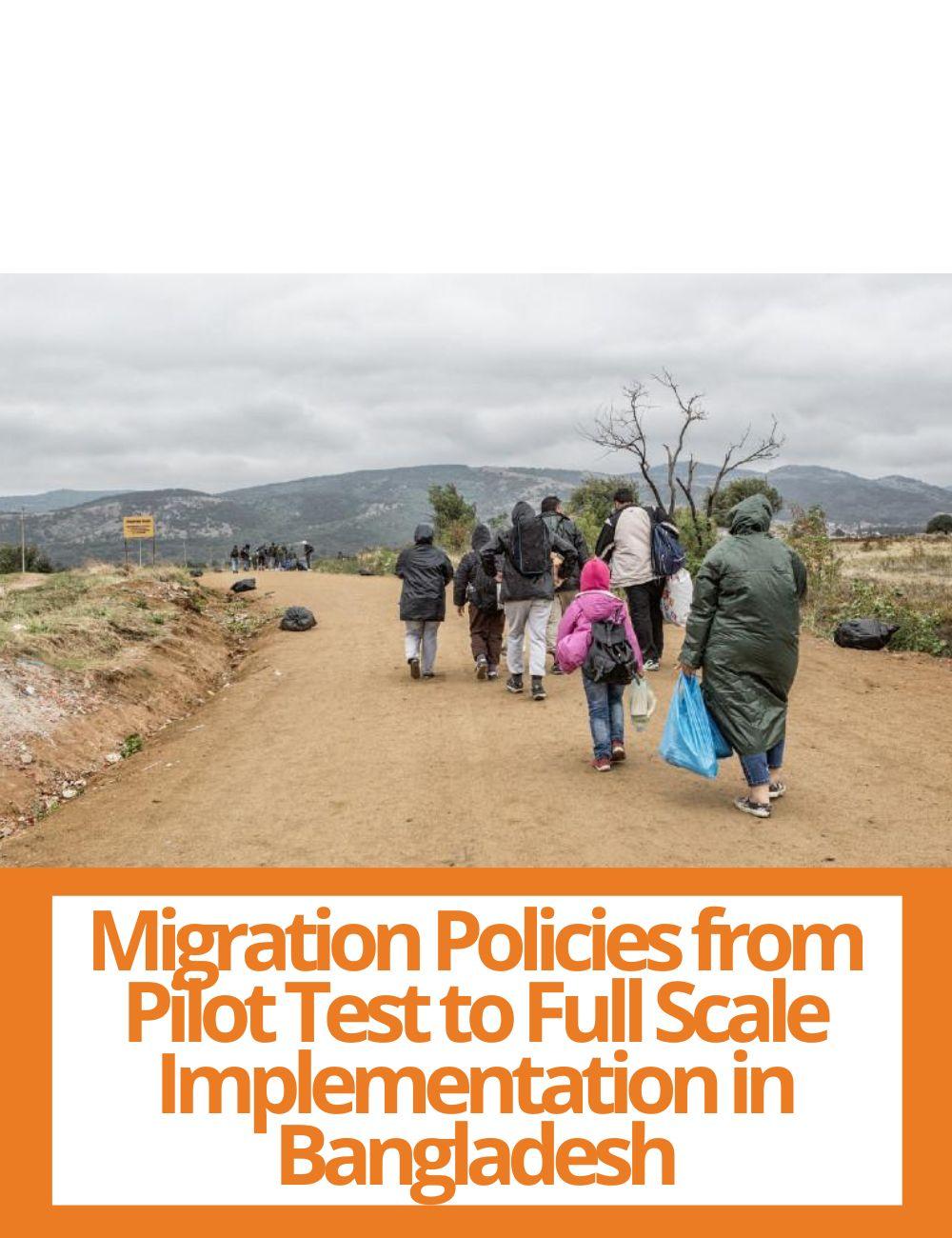
How to Use the Internet to Promote Learning
A rapidly growing body of research in economics and other disciplines has forcefully illustrated that social networks and network centrality strongly relate to various outcomes such as economic activity and educational attainment. The question about what drives network centrality is therefore of high relevance, but promising paths to answer that question are scarce. Social networks can not only form for a large variety of reasons such as common interests, languages, or culture, but also affect these factors. Therefore, it is at least difficult to identify causal factors in observational data.
Leveraging on a field experiment implemented in Malawi, Laura Derksen and Pedro Souza test if, and how, randomized access to information affects centrality measures in student networks (Derksen & Souza 2022). Their intervention is implemented at Malawian boarding schools and provides access to an electronic device that allows treated students to use Wikipedia in private. The treatment allocation is random and participation in the lottery is advertised. In joint work with Catherine Michaud-Leclerc, the authors have shown that this intervention affects English exam scores and benefits low achievers (Derksen, Michaud-Leclerc, Souza 2022).
Further exploiting this setting, the new article presented by Pedro Souza makes multiple contributions. One of them is that the authors differentiate between personal friendships and information ties among students' which enables the construction of different centrality measures. On average, the information centrality of treated students increases while personal centrality changes little. This indicates that students form strategic relationships to transfer information, but that these information ties do not necessarily translate into friendships. This finding emphasizes the importance of distinguishing between different forms of networks when analyzing their formation and their effects in future research.



Moreover, the paper suggests that the design of policies and treatments targeting individuals based on network characteristics may benefit from considering the effect of the intervention on network formation. Targeting may increase (or decrease) initial inequalities in network centrality and any outcome that is affected by network centrality may therefore also be affected.
In sum, the research of Laura Derksen and Pedro Souza extends our understanding of network formation, illustrates the role of information access for network centrality, and points towards important considerations for the design of future interventions.
Derksen, L., Michaud-Leclerc, C., & Souza, P. C. (2022). "Restricted access: How the internet can be used to promote reading and learning". Journal of Development Economics, 155, 102810. DOI https://doi.org/10.1016/j.jdeveco.2021.102810
Derksen, L. & Souza, P. C. (2022). "Who knows? The effect of information access on social network centrality" Working paper
Photo generated using Midjourney